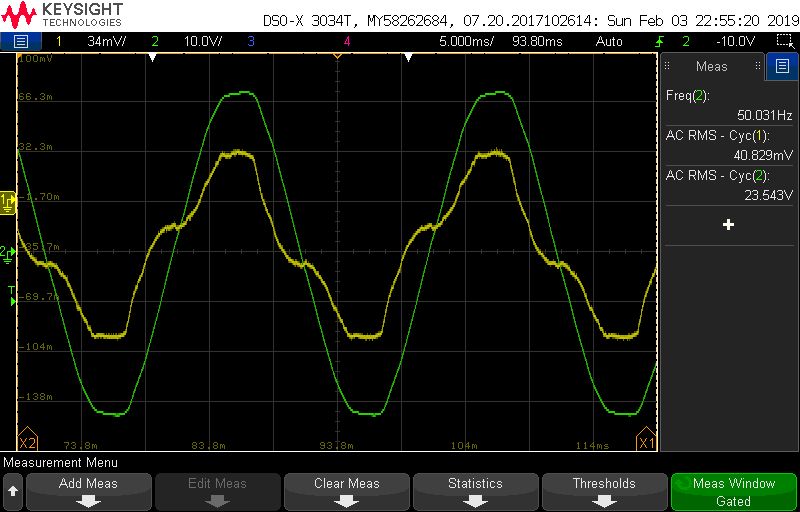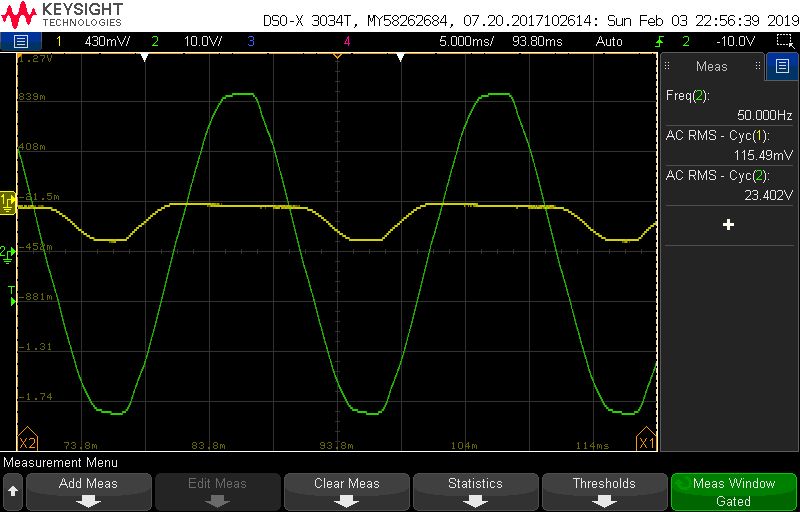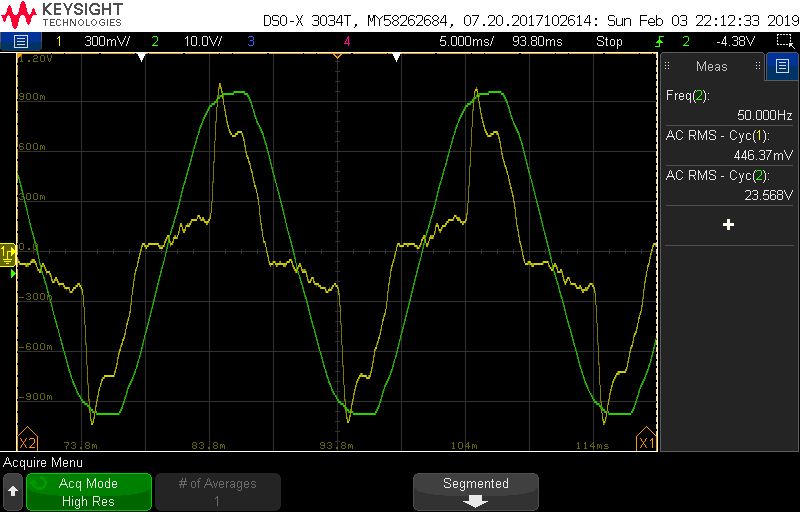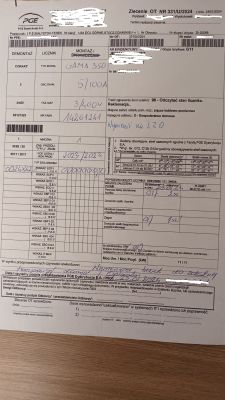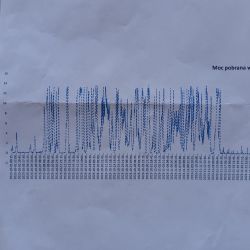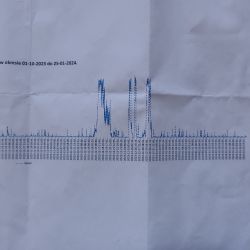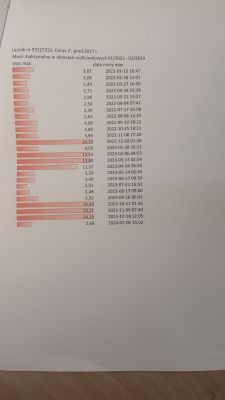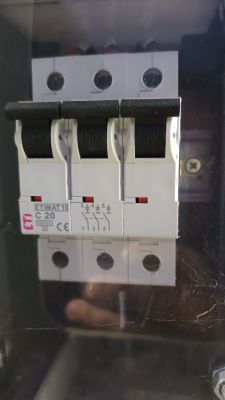Hello. In my new apartment I noticed a strange growing trend in energy consumption readings, which I decided to investigate. Interestingly, in the meantime, subsequent residents on the forum of our estate began to report an identical problem, so something must be for a thing ...
This is the history of my invoices (month / kWh consumption):
Sep-16 || 140
Oct-16 || 279
Nov-16 || 469
Dec-16 || 437
Jan-17 || 569
Feb-17 || 478
Even without measurements, I can not understand what can generate an increase from 140kWh to 570kWh if half of the equipment goes the same day and the other half can differ by up to 50% and here comes 400% (Sep vs Jan). OK in the winter, "the light is on" longer, but these bulbs have a maximum of 5W, so even if they all went all day, they generate little more.
For one week I wrote down the values from the meter three times a day (morning / noon / evening) to see if it coincides with the FV and when the consumption is the highest. There were no strange deviations and the morning / night was minimal and the main part dialed the hourly range 17-23. We cook a lot (x2 oven, induction, kitchen equipment) and the TV is plasma, so the elevated value seems to be OK.
Everything is right up to the point where I wrote down and summarized the values from the nameplates of each electrical equipment. broken down into equipment that goes 24 hours a day (fridge, intercom, fans, etc.) and the one switched on temporarily (light bulbs, oven, TV). According to my estimates, the consumption should be 60% lower. Most of the equipment meets the A +++ standard and the lighting is 100% LED, the total value of which, including LED strips, is ~ 500W.
The installation is based on electronic 3-phase counters CORAX 3 (APATOR) from 2016.
http://www.apator.com/uploads/files/Produkty/...-prim-1/pl-00045-2016-norax-3-corax-3prim.pdf
There is an acrt mass on the network. about how the counters distort up to 600% but usually there are no meters, how it was measured, etc., so my post, because I know that the measurement values are important, not the Internet legends most often the wine falls on the LED bulbs (1-3W) or on the A +++ equipment and ill-adapted transducers in meters, but the question is whether anyone has been in contact with this particular device or has it and could make some measurement?
most often the wine falls on the LED bulbs (1-3W) or on the A +++ equipment and ill-adapted transducers in meters, but the question is whether anyone has been in contact with this particular device or has it and could make some measurement?
This is the history of my invoices (month / kWh consumption):
Sep-16 || 140
Oct-16 || 279
Nov-16 || 469
Dec-16 || 437
Jan-17 || 569
Feb-17 || 478
Even without measurements, I can not understand what can generate an increase from 140kWh to 570kWh if half of the equipment goes the same day and the other half can differ by up to 50% and here comes 400% (Sep vs Jan). OK in the winter, "the light is on" longer, but these bulbs have a maximum of 5W, so even if they all went all day, they generate little more.
For one week I wrote down the values from the meter three times a day (morning / noon / evening) to see if it coincides with the FV and when the consumption is the highest. There were no strange deviations and the morning / night was minimal and the main part dialed the hourly range 17-23. We cook a lot (x2 oven, induction, kitchen equipment) and the TV is plasma, so the elevated value seems to be OK.
Everything is right up to the point where I wrote down and summarized the values from the nameplates of each electrical equipment. broken down into equipment that goes 24 hours a day (fridge, intercom, fans, etc.) and the one switched on temporarily (light bulbs, oven, TV). According to my estimates, the consumption should be 60% lower. Most of the equipment meets the A +++ standard and the lighting is 100% LED, the total value of which, including LED strips, is ~ 500W.
The installation is based on electronic 3-phase counters CORAX 3 (APATOR) from 2016.
http://www.apator.com/uploads/files/Produkty/...-prim-1/pl-00045-2016-norax-3-corax-3prim.pdf
There is an acrt mass on the network. about how the counters distort up to 600% but usually there are no meters, how it was measured, etc., so my post, because I know that the measurement values are important, not the Internet legends



